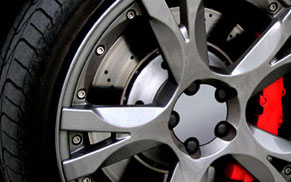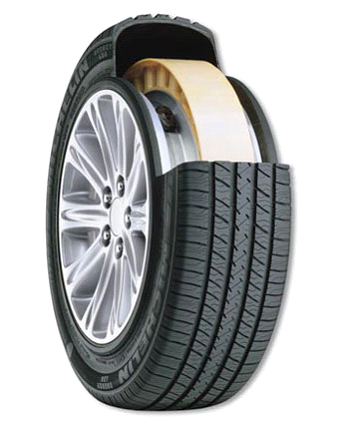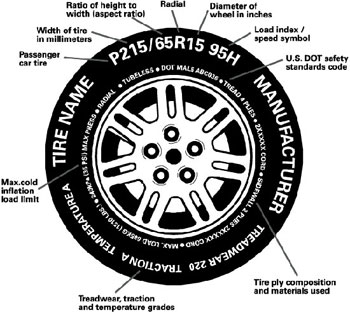Notes on tire testing
Tires are a sensitive part and can cause catastrophic accidents if you do not know how to care and check the tires properly.
Tires usually have information on the pressure rating recommended by the manufacturer
Differential pressure tires can cause abrasive wear of tires, fuel consumption, or worse than a tire explosion, which can cause unsafety. Therefore, it is necessary to have a proper understanding of standard pressure levels, especially in the summer, to ensure the safe operation of the vehicle.
Pressure recommended by the manufacturer Typically, tire pressure information (recommended by the manufacturer) usually appears in the vehicle manual or in the decal sticker on the door / pedestal. This number is usually expressed in PSI, KPa or Bar and is usually the maximum pressure level.
Each vehicle has different recommended pressure levels, so users should rely on manufacturer-provided parameters for inflating the vehicle.
1 PSI (Pound per square inch) = 6,895 KPa. Of which, 1 KPa = 1,000 Pa = 1,000 kg / cm2. In it, 1 KPa = 0.01 Bar. PSI, KPa or Bar are common pressure gauge units in the manual or pressure gauge.
Most sedans, MPVs or pickups are small, standard pressure ratings are usually between 27 and 32 PSI. Some models use special tires that can have a tire pressure rating of up to 40 PSI.
With some large SUVs or pickups, the standard pressure rating may be greater than 4 - 8 PSI, and may reach 45 PSI.
Pressure on the tire
The pressure level on the tire is the maximum pressure that the tire you are using can withstand. Keep in mind, this is not the optimal pressure level for operation.
Ideal pressure
The pressure indicated on the shelf is the pressure recommended by the manufacturer. Therefore, the actual pressure of the tire should be offset by the pressure caused by the volume of cargo per person. Normally, reducing the recommended pressure range by 10 - 15% will be a reasonable pressure level.
Pumping a few more PSI tires (compared to the ideal) will make tires more tense, more shock, less price but also save gas. In contrast, reducing the pressure of a few PSI tires will cause the tire to become brighter, more responsive to the wear and tear, and a better driving feel (due to the higher tire surface contact with the road).
Users can balance between these two sides to choose an ideal pressure for themselves. Also note that the recommended tire pressure is the pressure level when the tire is cold - when the car has stopped for a long time, the tire surface is not hot.
Adjustable seasonal tire pressure
The first thing to keep in mind is that you should not rely solely on the view to assess tire pressure. Especially with the tendency of tires becoming thinner, using the naked eye to evaluate tire pressure is very difficult.
Then, in the summer, high temperatures, more air expansion than usual, so the tire is slightly younger than ideal to ensure that when the tire heats up, the pressure is also not over the tolerance of the tire. .
In contrast, in the winter, should pump enough tire pressure so that when the tire heats up, the pressure inside is still ideal.
Time of tire pressure test
Normally, to ensure safety, you should check the tire pressure every time or every 30 days. Also, when the temperature changes abruptly, the tire pressure should also be checked for adjustment.
In addition, even in the absence of moving vehicles and new tires, the pressure was also reduced by 0.7 PSI / month. Therefore, in case of too long not to use the car, we should also check and increase / decrease the tire pressure accordingly.
How to check tire pressure quickly
As mentioned, with some types of thin tires today, the use of the eye to test is not really effective. However, with some "fat" tires, eye tests can also detect the condition of the tire.
Also, you can also check the condition of the tire by looking at the tire surface.
Pump tires with nitrogen gas
Actually pumping nitrogen tires is just air-dried air pumping and removes oxygen. Although nitrogen is less likely to be lost than air in general, it can still escape from the tires in many ways (for example, when the tire is too hot, the tire surface is stretched and the nitrogen removed).
Therefore, even in the case of pumping nitrogen tires, the driver should also carefully check the tire pressure condition when traveling.
Eridan.vn (source tapchigiaothong)








